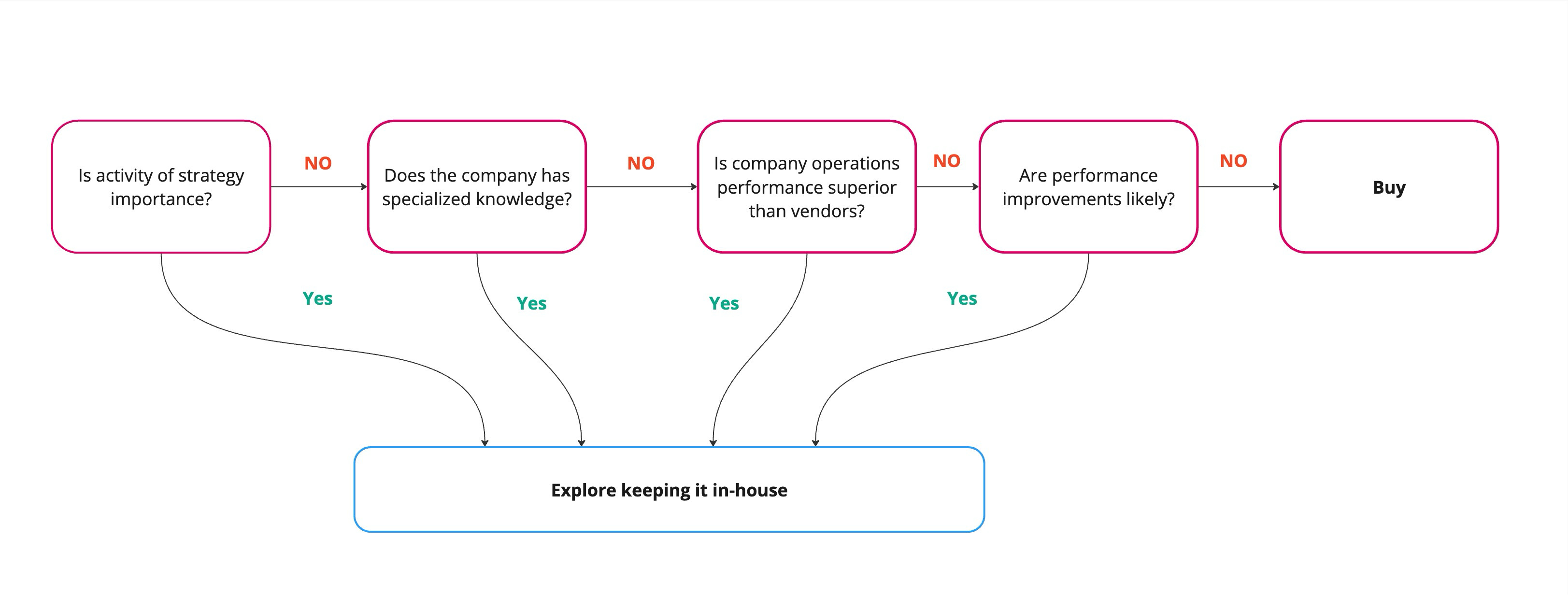Build vs. Buy: The Hidden Costs of In-House Solutions
I’ve seen teams repeatedly opt to build their own solutions because it seemed cheaper, or because “there’s no product on the market that offers this one critical feature we need.” Often, they also assume it will be “easy to automate.”
Particularly in cybersecurity teams, the process usually starts with a simple Python script running on a server via crontab. For the first few days, everything works smoothly—until it doesn’t. The script stops delivering results, and the team discovers the server crashed after a certain number of runs. To mitigate this, they add a second script to monitor the first one and set up email or Slack alerts for failures. Vulnerabilities in the OS and libraries start to pop, now upgrading, patching and maintaincnace in general gets added on top.
Thanks for reading! Subscribe for free to receive new posts and support my work.
Then, one weekend, it fails again, but this time it impacts a larger process, requiring on-call support. Now, that simple script has grown into a full-fledged operation—complete with monitoring, runbooks, on-call shifts, and ongoing maintenance. And we are not considering if the engineer that built it and maintained it leaves the company, and someone else that doesn’t have the right experience needs to pick it up. In hindsight, the cost of building and maintaining this custom solution often ends up being comparable to (or even exceeding) the price of a vendor solution.
The Strategic Dilemma: Build vs. Buy
The decision to build in-house or buy from a vendor is one of the most fundamental in operations strategy. (Actually I learnt about this in Operations Strategy course in the while doing the MBA). Yet, too often, it’s made based on short-term cost savings—especially when companies are trying to stay competitive or cut their cost base (very relevant now in 2024).
Efficiency should be the guiding principle behind any build vs. buy decision, but this strategic choice affects operational performance in complex ways. It can also stifle or enable innovation, which is increasingly critical for companies aiming to stay relevant in fast-changing industries.
When you build in-house, you have full control, allowing you to experiment, iterate, and potentially innovate faster. However, the question becomes whether this innovation is core to your business or a distraction from your primary goals. And you dont want wasting resources where you don´t need them. In some cases, relying on external vendors can foster innovation by freeing up your team to focus on what truly matters—allowing them to explore new ideas rather than getting bogged down in maintaining internal systems.

When Does buying Make Sense?
The first thing to consider is whether the task or component has long-term strategic importance to the company or your team in particular. If it does, buying likely isn’t the best option. Similarly, if your team possesses specialized skills or knowledge in this area, it usually makes more sense to keep the work in-house.
However, innovation must also be factored into this equation. If the task or solution you’re considering building plays a central role in fostering innovation within your team—driving new business models, improving customer experiences, or developing a competitive advantage—then it’s worth keeping in-house.
On the flip side, if the task is routine or the solution became a commodity and doesn’t contribute directly to innovation or your competitive edge, buying can be a smart move. A good vendor may even introduce innovative features or processes that would be too resource-intensive for you to develop on your own. (Vendors partnerships is another topic)
Once these strategic factors have been evaluated, you can turn your attention to operational performance and cost. If your in-house performance is far superior to any supplier, buying may not be worth it. However, if your performance lags behind and you can’t realistically improve it in-house, buying becomes a more attractive option—especially if achieving the desired improvement internally would be too costly or complex.
Here is simple visualization of the considerations when making this decision:

Ultimately, the build vs. buy decision requires careful consideration on your company’s core capabilities and how they contribute to your competitive advantage. Innovation plays a crucial role in this evaluation. If developing a solution in-house would lead to breakthrough innovations or strengthen your position in the market, the additional costs and complexity may be worth it.
But once you’ve determined that the activity is neither strategically important nor critical to your competitive edge or innovation efforts, the focus should shift to finding the most effective solution. Remember, buying a solution isn’t just about saving money—it involves significant effort and resources. You’ll need to research vendors, run proofs of concept, negotiate contracts, and plan for a migration process that often includes running parallel systems until the new solution is fully functional, onboarding the new service, learning, etc. This is a major project in its own right, which is why many companies only go down this path when every other option has been ruled out—or when internal costs have become unsustainable.
Thanks for reading! Subscribe for free to receive new posts and support my work.
